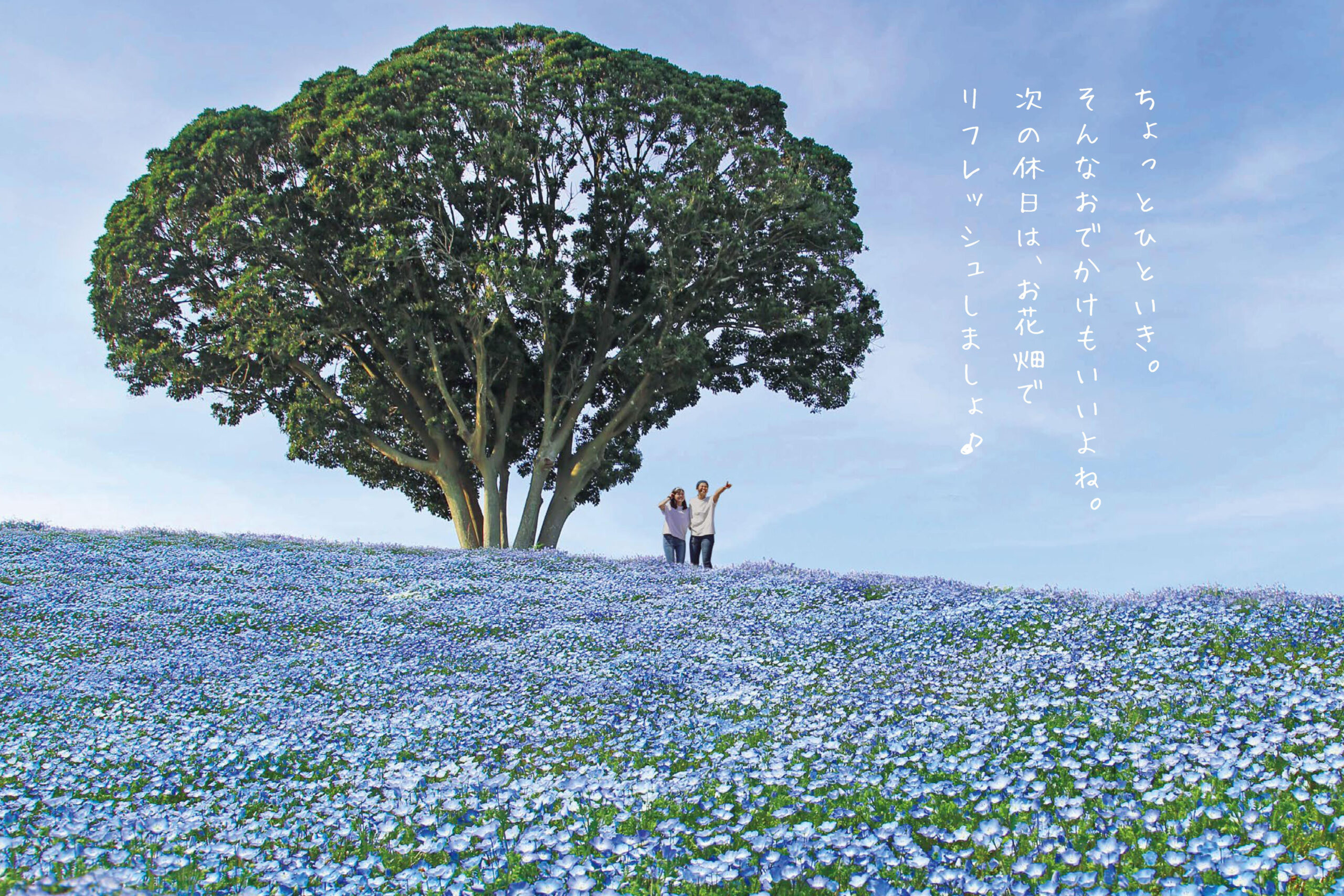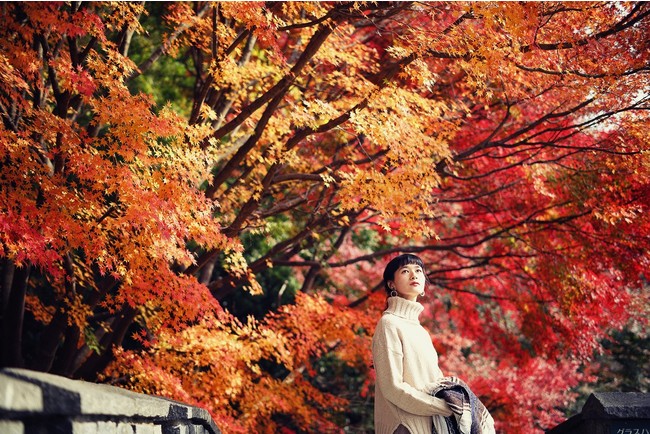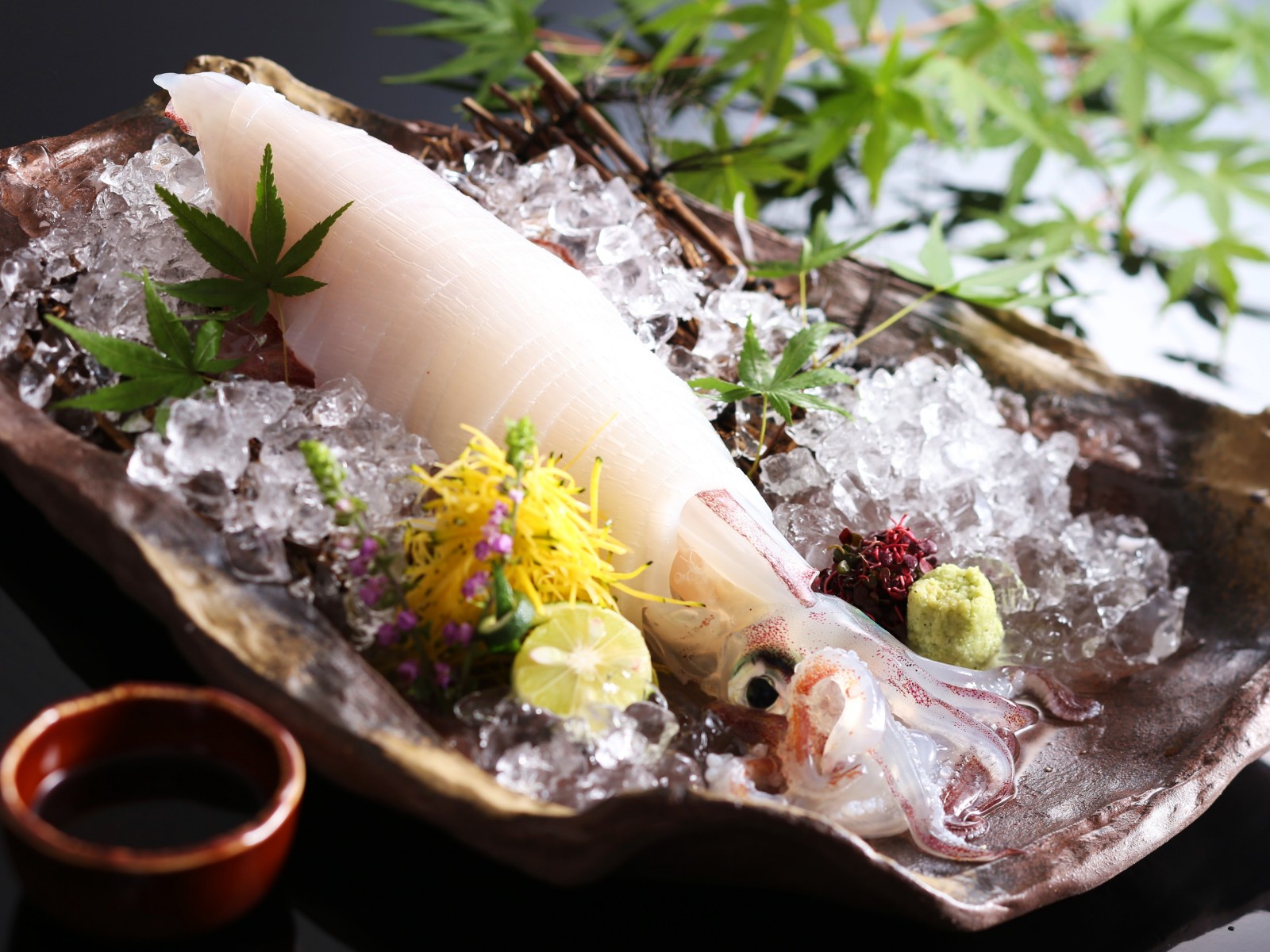Spend a quiet time in the largest samurai residences of the Satsuma domain

The garden seen from the porch is the dry garden of the Satsuma domain, which is said to be the oldest.
The chirping of small birds is comfortable, and you can spend a relaxing time as if time had stopped since the Edo period.
This facility is a valuable samurai residence where all of the three elements that make up the traditional samurai residence at the Izumi-Fumoto, the main house, the warehouse, and the field, still exist.
You can get a glimpse of the life of the “half-farming half-samurai” of the Satsuma samurai who worked hard as samurai and also worked in farming.
A stay that mixes with the daily life of the land

The people involved in this facility, including the manager, the chef in charge of breakfast, the experience provider, and the design and construction company, live in Izumi City.
During your stay, you can enjoy a relaxing interaction with the people at the Izumi-Fumoto and the neighboring shopping district, mix in with their daily lives, and spend the night as a resident.
"RITA Sorakyu" that connects the samurai residences and the shopping district and connects the guests and the area

A special sake cup "RITA Sorakyu" to be given to guests, one for each group (images are for reference)
“RITA Sorakyu” is a special sake cup that is given only to the guests of this facility.
In Kagoshima, where the shochu culture has taken root, it is an item to connect guests with the community.
If you take “RITA Sorakyu” to the affiliated store in the Izumi Honmachi-dori shopping district, which is adjacent to the Izumi-Fumoto samurai residences, you can get a bonus from the store.
In order to enjoy the town of Izumi, we have prepared a mechanism that will trigger a local excursion.
Requested to Mr. Masanori Shiro, a ceramic artist living in Miyama, Hioki City, Kagoshima Prefecture.
Using the traditional white Satsuma technique, each piece is carefully hand-crafted.



In order to preserve the beautiful townscape at the Izumi-Fumoto, which has been preserved so far, for another 100 years.
We will continue to promote the business in cooperation with local people, local organizations such as preservation societies, companies, and government agencies.
Overview of "RITA Izumi-Fumoto Miyaji House"
| Address: |
18-35 Fumotocho, Izumi City, Kagoshima |
| TEL: |
0996-68-8003 (9: 00-18: 00) |
| Access: |
Approximately 35 minutes by car from the Minamata IC on the Kyushu Expressway
About 90 minutes by car from Kagoshima city
About 80 minutes by shuttle bus (Nangoku Kotsu) from Kagoshima Airport
About 5 minutes by car from Izumi Station (Shinkansen stop) |
>Rakuten Travel Link
* The official website will be released soon.
>Facebook
>Instagram
Izumi-Fumoto
Izumi City, located in the northwestern part of Kagoshima Prefecture, is a city rich in nature with a thriving agricultural and livestock industry such as citrus fruits and chickens.
It is the largest crane destination in Japan and has the “Izumi-Fumoto Samurai Residences”, which boasts the largest scale of the Satsuma Domain.
It has been designated as one of the important traditional buildings preservation districts of the country and one of the constituent cultural properties of Japan Heritage, and it is a valuable district where the beautiful town division from the Edo period still exists.
There are still about 150 samurai residences at the foot of the mountain.


















































